Click on image for full size
Image courtesy NASA
More Moons around Jupiter & Saturn
Astronomers have recently discovered nine new moons. The astronomers found
eight new moons of Jupiter and one new
moon of Saturn. We now know of 60 moons
orbiting Jupiter and 31 orbiting Saturn. The new moons were discovered using
telescopes
on the top of a volcano called Mauna Kea in Hawaii.
All of the new moons are small. The new moons of Jupiter are about two or
three kilometers (a mile or two) across. The diameter of the new moon of Saturn
is about eight kilometers (five miles).
Twelve new moons of Jupiter were discovered
earlier this year. The last time astronomers
found new moons of Saturn was
December 2000. Scientists think there are many more small moons that haven't
been found yet. A spacecraft called Cassini is
on its way to Saturn. When it
gets there, it may find more moons around Saturn!
You might also be interested in:
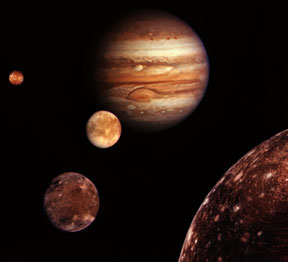
Astronomers have discovered twelve new moons of Jupiter so far in 2003. Jupiter now has a total of 52 moons that we know of. Jupiter, the largest planet in our Solar System, has more moons than any other
...more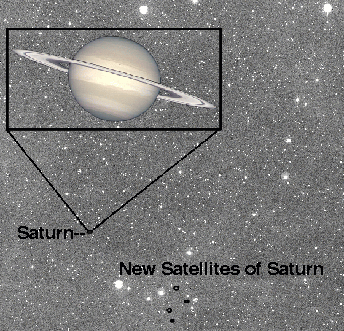
In October 2000, a group of astronomers led by Brett Gladman of France's Observatoire de la Cote d'Azur and JJ Kavelaars of McMaster University in Canada announced their discovery of 4 new moons of Saturn.
...more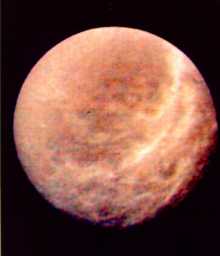
The gas giant planet Saturn has a large group of // Call the moon count function defined in the document head print_moon_count('saturn'); moons. It also has the largest, most complex, and best-known ring
...more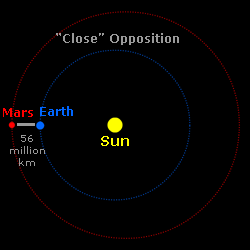
On August 27, 2003, Earth and Mars will be closer together than they have been in thousands of years. Mars will pass within 55,758,006 kilometers (34,646,418 miles) from Earth. Astronomers have calculated
...more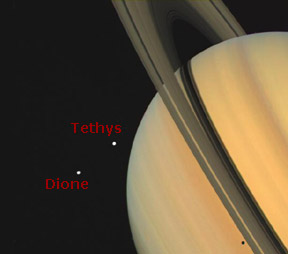
Astronomers have recently discovered nine new moons. The astronomers found eight new moons of Jupiter and one new moon of Saturn. We now know of 60 moons orbiting Jupiter and 31 orbiting Saturn. The new
...more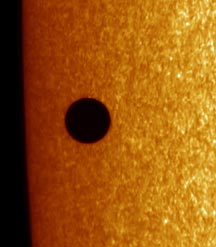
The planet Mercury appeared to cross in front of the Sun on May 7, 2003. Astronomers call the event a transit. A transit is like a solar eclipse. However, a transit occurs when a planet, instead of Earth's
...more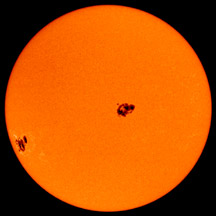
Two very large groups of sunspots have appeared on the Sun. Each of the groups is about as big as the planet Jupiter, which is the largest planet in our Solar System! Sunspots are places on the Sun where
...more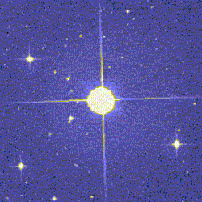
Astronomers have identified another exoplanet, that is, a planet outside our solar system. This makes a total of 102 exoplanets that have so far been found by astronomers! The astronomers that identified
...more














